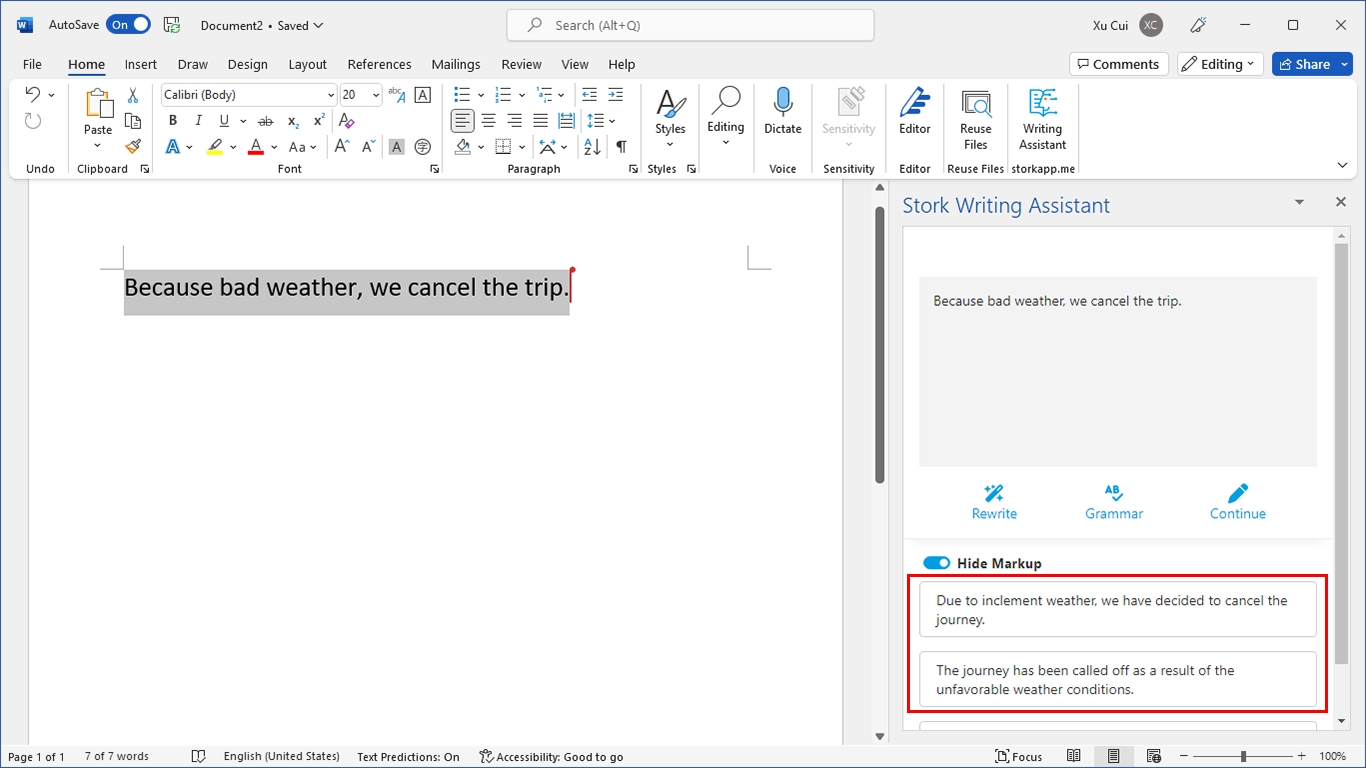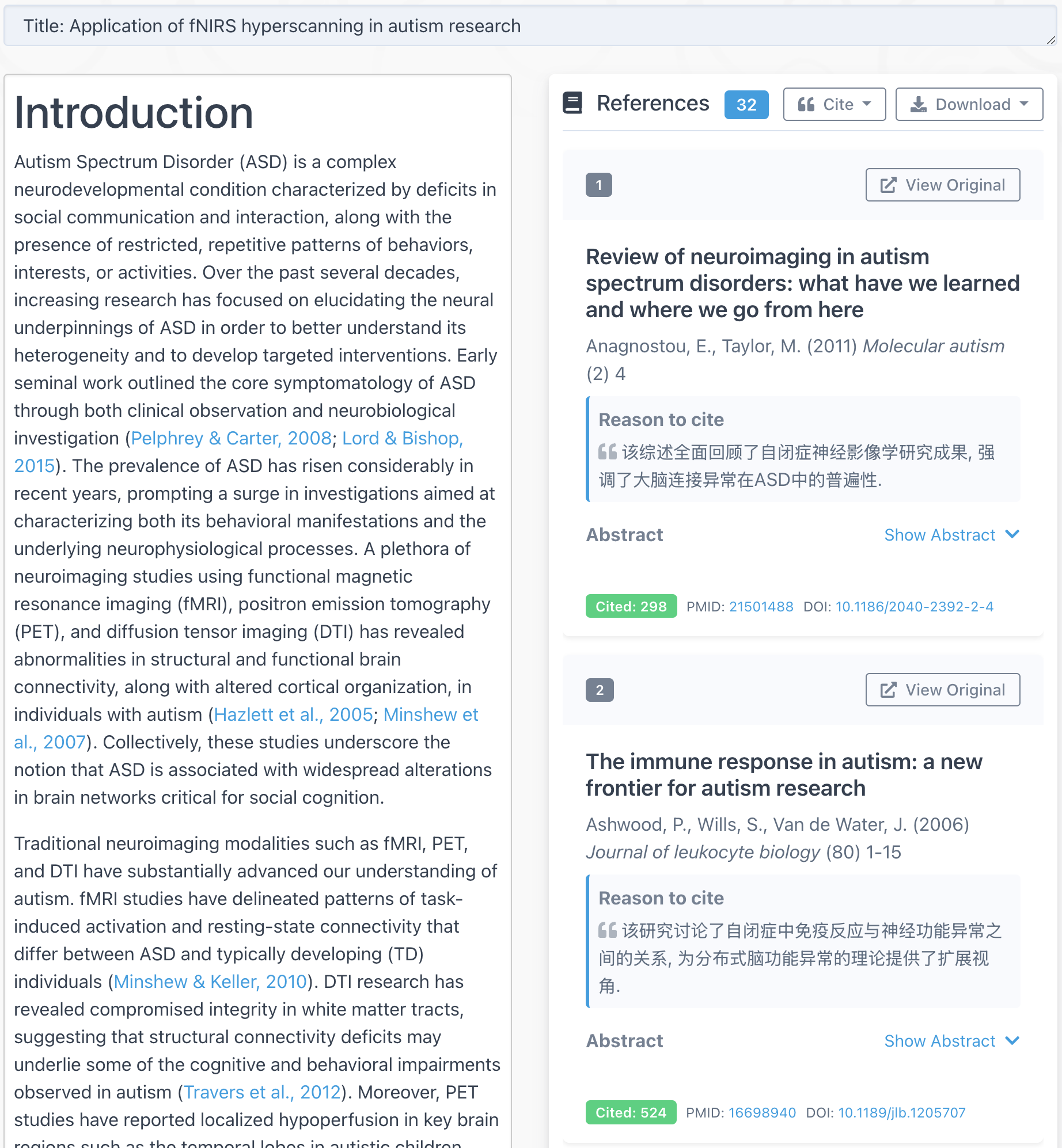What’s the trend of fNIRS in brain research? Is the field growing or dying? Which country and which institute are the most productive? Who are the experts in the field and how can I contact them for collaboration? Which brain region(s) are mostly studied? Which disorder appears most frequently in the publications?
These are important questions to ask. However, even to a reseacher who works in the field (brain research with fNIRS), the answers may not readily available. Fortunately, Stork team’s new advanced feature “Big Analysis” makes it very easy to get the answers. As a matter a fact, it only required me to enter the keyword, and then it downloaded and analyzed about 6,500 publications and generated beautiful reports in less than 3 minutes.
Below is a screenshot of the report using keyword: (fnirs OR nirs OR “near infrared”) brain

Now we see, fNIRS research on the brain is growing steadily over the past 20 years, with recent growth ~10%. US, Japan, Germany and China are the top countries in this field. National Insitute of Radiological Sciences, UCL and Harvard are top institutes. The top diseases studied are Stroke, Brain Injury, Schizophrenia and Stress. NeuroImage, Adv Exp Med Biol, J Biomed Opt are top journals where the research is published. The mostly studied brain region is the frontal lobe. Some experts in the field are shown too, such as Hongjie Dai, David Boas, Allan Reiss, and Ilias Tachtsidis etc. Stork also shows the author network graph. It’s an interactive graph and it’s fun to drag things around to find out who are connected to who.
Most of the experts’ emails are available. That means when I want to contact them for collaboration, or invite them to review a paper, I don’t have to spend time in digging their emails.
The “Big Analysis” tool can be purchased through Stork website. The description can be found at here.


